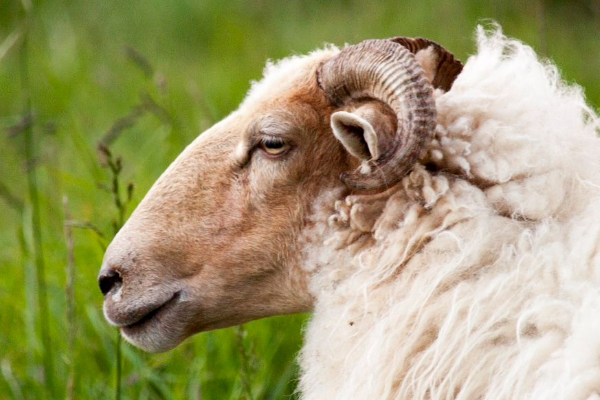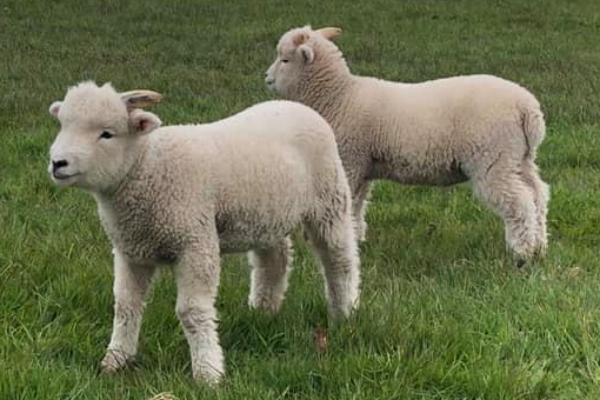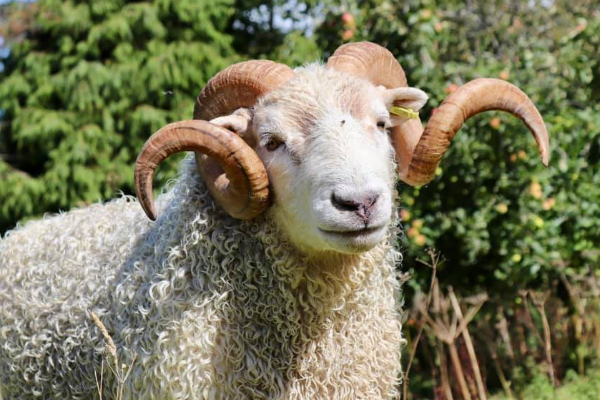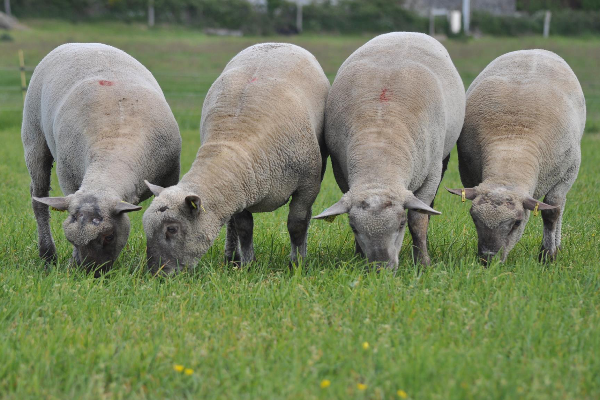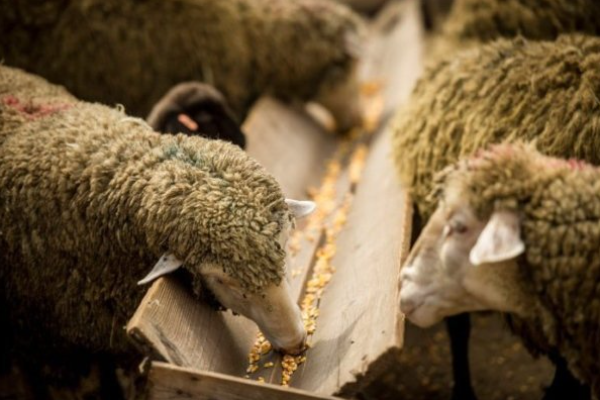Leicester Longwool Sheep
What is the history of Leicester Longwool Sheep?
The Leicester Longwool is an English breed of sheep. Alternative names for the breed include: Leicester, Bakewell Leicester, Dishley Leicester, English Leicester, Improved Leicester and New Leicester.The Leicester Longwool is a direct descendent of Robert Bakewell’s Dishley Leicesters, which were developed during the latter part of the 18th Century.
Bakewell’s sought to change the old-fashioned sheep of the Midlands of England into an earlier-maturing type, with an aptitude to fatten, to satisfy the demands of the Industrial Revolution.
His selection techniques changed a coarsely boned, slow growing Leicester into an animal that put on weight more rapidly and produced less waste when slaughtered. Many sheep breeds, both in Britain and abroad, were developed with crosses of the Dishley Leicester.
Raising Leicester Longwools is different than raising modern sheep breeds. Leicester Longwools do not easily digest today’s grain and instead prefer a diet of hay and pasture for grazing. These sheep also need ample lush pasture to thrive, leading us to install the new north pasture this spring which will give them more room to graze.
The Leicester Longwool Sheep Breeders Association formed in 1893.
What are the characteristics of Leicester Longwool Sheep?

- The Leicester Longwool is a large, polled and attractive sheep.
- There are now two permitted colours, White and Black. The breed characteristics are the same for both colours; the only difference is that each colour has a separate “Flock Book”.
- The Black Leicester was admitted to registration in 1986. Since then they have become very popular with smaller breeders and those interested in wool.
- The high quality lustrous fleece, demonstrates evenness in length and diameter and has a Bradford count of 40-46 with a staple of around 40cm on an unshorn shearling, less on an adult sheep after re-growth from shearing.
- The length of staple does vary depending on the area that it lives in; sheep further north tend to have longer wool.
- The total weight on average is 12 – 18lb, but weights have been recorded up to 33 lbs.
- The head is bold and strong on a short thick neck.
- The crown is well covered with wool, and the face covered in white (black) hair.
- The ears are blue (on white sheep), fine and fairly long with occasional spots.
- The muzzle strong with even jaws, and nostril dark in colour.
- The body is deep and of considerable length with full flanks.
- The back is broad and level, the ribs being well sprung.
- The legs are of medium length with good bone, well set up on the pasterns on dark feet.
- The legs are covered in white (black) hair, the back legs usually being covered in wool.
- The Leicester Longwool should be free, active and well balanced while in movement.
- It should appear to be alert and robust.
- They are sound-footed, which means they are acceptable on flat, hilly or more especially marginal country.
- They are large-framed with wide, even toplines (backs), strong constitutions and good temperaments.
What is the weight of mature Leicester Longwool Sheep?

Leicester Longwool mature rams can weigh 150 kg and a mature ewe up to 100kg.
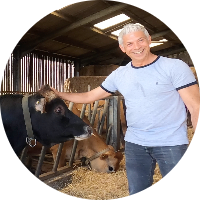
Written by
H Cetin KATIRCI
Online ShepherdBreedsMore
IllnessesMore
Forage cropsMore
![]() Патологическая физиология голодания Arina TARAN
Патологическая физиология голодания Arina TARAN![]() Дефицит фосфора (гипофосфатемия) Hipofosfatemi Arina TARAN
Дефицит фосфора (гипофосфатемия) Hipofosfatemi Arina TARAN![]() Какие бывают кормораздатчики для ферм КРС? Irina Makarova
Какие бывают кормораздатчики для ферм КРС? Irina Makarova![]() Кормушки для овец Diana Myakisheva
Кормушки для овец Diana Myakisheva![]() Питание домашних коз: что едят, виды корма и правила кормления Alina Arslantürk
Питание домашних коз: что едят, виды корма и правила кормления Alina Arslantürk![]() Важность минералов питании сельскохозяйственных животных Irina Makarova
Важность минералов питании сельскохозяйственных животных Irina Makarova


